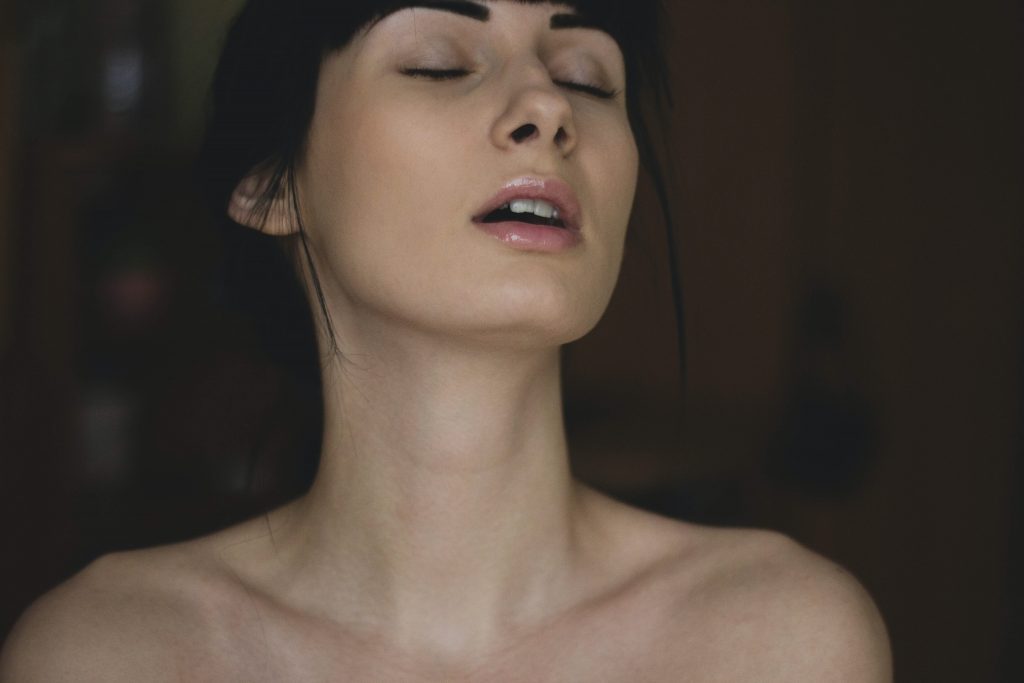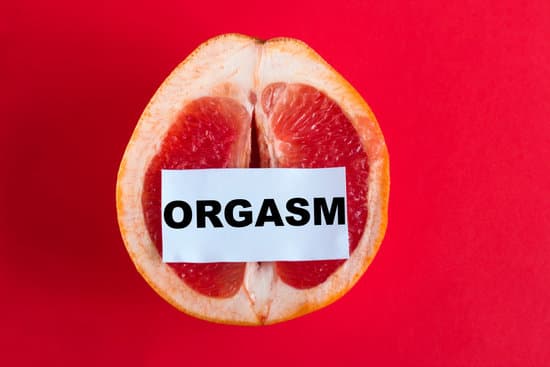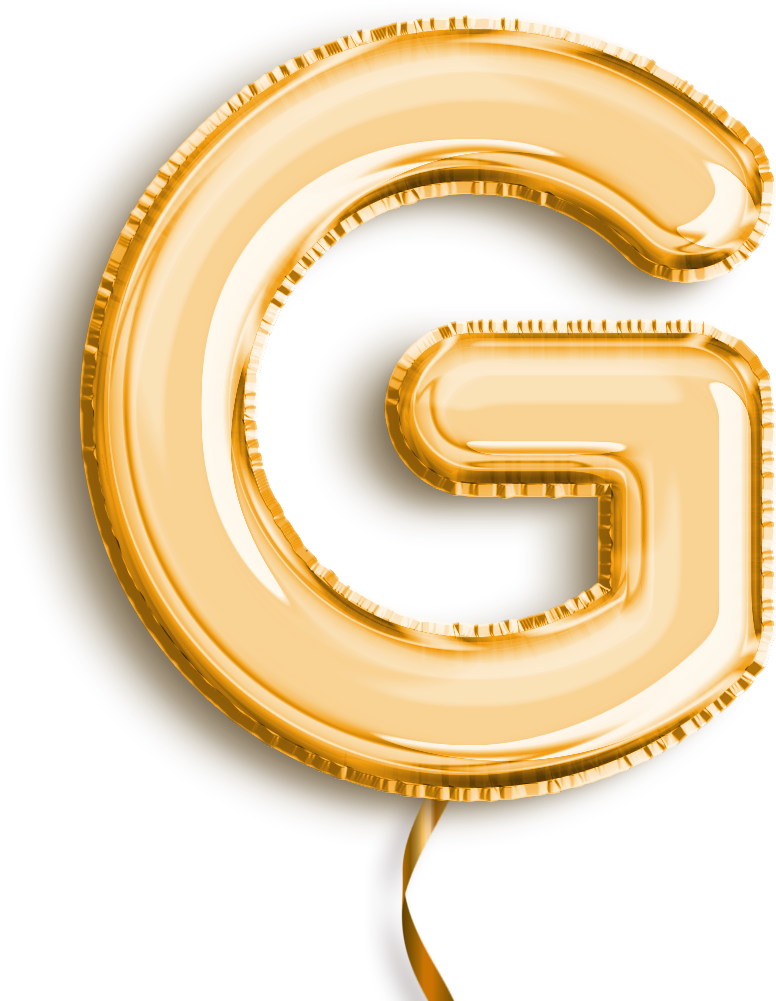You may have heard that the G-spot is a myth. Or you may have heard that some people have one and others don’t. You may have also read that human dissections suggest there is no such thing as the G-spot, or that the G-spot is all in your head.
This is because the G-spot is not a distinct anatomical entity (like an eyeball or your liver) and the term spot is a bit of a misnomer; it’s more of an area.
The G-area refers to the sensitive area accessible through the upper (stomach) wall of the vagina. Curl a finger or two inside up toward your tummy and you might feel a small region that is more textured than the rest of the vagina — especially if you’re aroused and blood is flowing to the area causing the tissue to swell. This is your G-area and though you feel it through the vagina, it’s not located inside of the vagina.

In simple terms, some people describe the G-area as a series of sensitive nerve endings, tissues, and organs sandwiched between the vagina and the bladder along the urethral sponge. It is believed that its sensitivity is connected to corollary stimulation of the “female prostate” (previously referred to as Skene’s glands), urethral sponge, and inner clitoris.
Because the G-spot isn’t a distinct entity, some folks argue that it doesn’t exist. There are also calls to stop calling it the G-spot out of concern that it adds a layer of pressure to sexual experiences (e.g. you must experience a G-Spot orgasm).
But the reality is that many people experience pleasure (and orgasm) via stimulation of this area and we don’t need institutionalized medicine or science to validate the human experience. If it feels good for you, go ahead and enjoy it. If it doesn’t, that’s okay too.

Reject pressure and enjoy your own body without the need to perform or check a specific experience off of your sexual bucket list. Just as some people enjoy a foot rub and others cannot stand having their feet touched, it’s up to you to determine what works for you and your body. And you may find that your response changes from day-to-day or along with your menstrual cycle (if you have one); because cervical position, mucous and hormones fluctuate, you may find that what feels neutral or uncomfortable on day one of your cycle is highly pleasurable on day fifteen and vice versa.
If you’re looking to explore your G-area, consider the following:
- Get yourself aroused in whatever way tends to work for you. Use lube, a vibrator, fantasy, erotic stories, or anything else so that you can relax and enjoy the sensations in your body.
- Once you’re feeling turned on and relaxed, add a few drops of Astroglide lube and curl a finger or toy into the vagina adding gentle pressure or pulses against the upper stomach wall to see what feels good.
- You can curl your fingers in a come-hither direction, gently press and release, open and close your fingers into a peace sign or swipe back and forth like a windshield wiper.
- If you prefer to use toys, you might choose one that vibrates or simply one that curls upward; asymmetrical toys with gentle ridges can be great for twisting, rocking, or pulsing. I recommend adding a few drops of ASTROGLIDE water based personal lubricant to enhance your experience.
- If you’re having penetrative sex, some people find that pushing on their lower stomach wall can add pressure to the area; for some people, this intensifies the pleasure, but for others, the pressure against the bladder detracts from the experience. Once again, as you experiment and explore, you’ll continue to discover what works for you.
- Some people like to wear an insertable G-area vibrator during intercourse, or even during activities outside of the house like while they’re shopping, as a form of foreplay.
- Many people report that pressure against this area makes them feel as though they have to pee, so if you prefer not to experience this sensation, consider emptying your bladder before you get started.

You may notice that the sensations associated with the G-area feel less localized than those you experience with clitoral stimulation and researchers believe this may be a matter or innervation. Beverly Whipple and Barry Komisaruk’s research suggests that vaginal, cervical, and G-spot stimulation activates different parts of the brain via different nerve pathways that innervate the clitoris, vagina, and cervix. They suggest that G-area stimulation may activate deep extensions of the Vagus nerve, which wanders throughout the body and has the potential to create more full-bodied sensations. Breathing deeply, practicing mindfulness, and taking your time to explore the entire body without getting hung up on one specific area can also increase the likelihood of full-body pleasure and orgasms.

Once again, your experience is unique, so don’t worry if these approaches aren’t your cup of tea. Rather than focusing on the outcome or technique, relax and enjoy the exploration as you discover new pathways to pleasure from the G-area and far beyond.
***
It’s likely that you’ve also heard that G-area pleasure and orgasms are associated with ejaculation/squirting, so we’ll cover this topic including how-tos in an upcoming post. Stay tuned…
